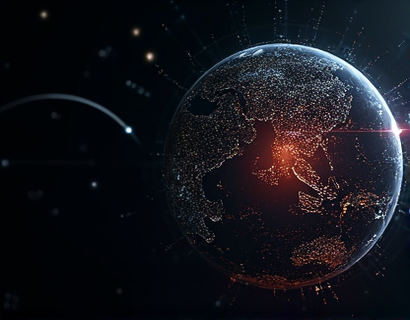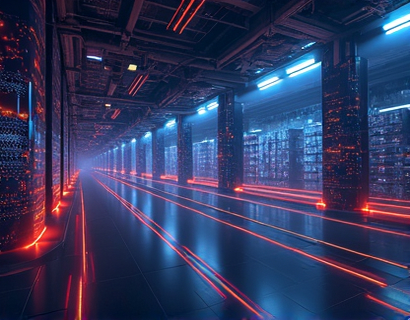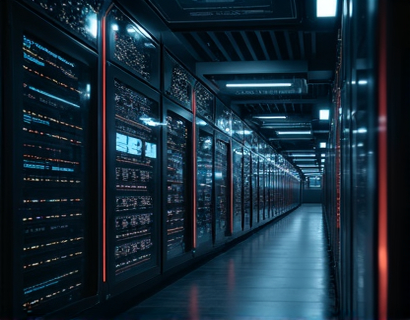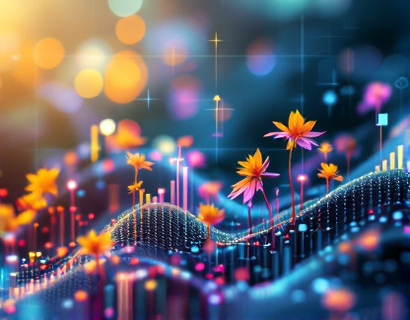Transforming Aquaculture Business Operations with Advanced Software Solutions
In the rapidly evolving landscape of aquaculture, business owners and managers face numerous challenges that can impact the success and sustainability of their operations. From managing complex logistics and ensuring optimal water quality to tracking growth rates and minimizing environmental impact, the tasks at hand are both diverse and demanding. Advanced software solutions have emerged as a game-changer in this industry, offering a suite of tools designed to streamline operations, enhance productivity, and optimize resource use. These solutions are not just beneficial but essential for aquaculture businesses aiming to remain competitive and thrive in a market characterized by stringent regulations and high consumer expectations.
Streamlining Operations
One of the primary advantages of implementing advanced software in aquaculture is the significant improvement in operational efficiency. Traditional methods of managing aquaculture operations often rely on manual processes, which are time-consuming and prone to errors. Software solutions automate routine tasks such as data entry, inventory management, and scheduling, freeing up valuable time for owners and managers to focus on strategic decision-making. For instance, automated feeding systems can be integrated with software to ensure that fish receive the right amount of feed at the optimal times, reducing waste and improving growth rates.
Moreover, these software solutions provide real-time monitoring and control over various parameters critical to aquaculture, such as water temperature, pH levels, and dissolved oxygen. By continuously monitoring these factors, the software can alert managers to any deviations from the desired ranges, enabling prompt corrective actions. This level of oversight not only ensures the health and well-being of the aquatic life but also prevents costly issues that could arise from neglect.
Enhancing Productivity
Productivity in aquaculture is closely tied to the health and growth of the stock, as well as the efficiency of the operations. Advanced software solutions offer tools that directly contribute to these areas. For example, growth tracking features allow managers to monitor the development of fish over time, providing insights into the effectiveness of feeding regimens and environmental conditions. This data can be used to adjust strategies and optimize growth, leading to higher yields and better quality products.
In addition, software can facilitate better planning and resource allocation. By analyzing historical data and current trends, the software can predict future needs for feed, medication, and other supplies, helping to avoid shortages or excesses. This proactive approach ensures that resources are used efficiently, reducing costs and improving overall productivity. Furthermore, integrated project management tools enable seamless coordination among different departments, ensuring that all aspects of the business run smoothly and in sync.
Optimizing Resource Use
Resource optimization is a critical aspect of sustainable aquaculture, and advanced software plays a pivotal role in achieving this goal. Water is one of the most vital resources in aquaculture, and its management directly impacts both the environment and the bottom line. Software solutions can monitor water usage and quality, providing detailed reports and alerts to help managers make informed decisions about water treatment and recycling. By minimizing water waste and maintaining optimal conditions, these tools contribute to a more sustainable operation.
Energy consumption is another area where software can drive significant savings. By monitoring and controlling the use of pumps, aerators, and other equipment, the software can identify inefficiencies and suggest adjustments to reduce energy usage. This not only lowers operational costs but also reduces the carbon footprint of the aquaculture facility, aligning with growing environmental standards and consumer expectations.
Data-Driven Decision Making
The true power of advanced software in aquaculture lies in its ability to transform raw data into actionable insights. Through advanced analytics and reporting features, managers gain a comprehensive understanding of their operations, enabling them to make data-driven decisions. For instance, by analyzing production data, managers can identify bottlenecks and inefficiencies, and implement changes to improve performance. Similarly, financial reports generated by the software can highlight areas where costs can be reduced or revenues increased.
Moreover, these insights can be used to forecast future trends and plan for long-term growth. By leveraging historical data and predictive analytics, managers can make informed decisions about expansion, investment, and strategic partnerships. This forward-looking approach is essential for staying ahead in a competitive market where adaptability and foresight are key.
Integration and Scalability
Modern software solutions are designed to be highly integrable and scalable, accommodating the diverse needs of aquaculture businesses of all sizes. Whether it's a small-scale operation or a large industrial facility, the software can be tailored to fit specific requirements and grow with the business. Integration with existing systems, such as ERP and CRM, ensures a seamless flow of information and enhances overall operational efficiency.
Scalability is particularly important as businesses expand or as new technologies emerge. Advanced software platforms can easily incorporate new features and modules, ensuring that the system remains up-to-date and continues to provide value. This flexibility is crucial in an industry that is constantly evolving, both technologically and regulatorily.
Enhancing Customer Satisfaction
The impact of advanced software extends beyond the confines of the aquaculture facility, reaching out to customers and stakeholders. By improving product quality and consistency, these solutions help build trust and loyalty among consumers. Detailed tracking and traceability features allow businesses to provide transparent information about the origin and quality of their products, addressing growing consumer demand for ethical and sustainable seafood.
Additionally, software can streamline communication with customers through integrated CRM tools, enabling timely and personalized interactions. This enhanced customer service not only improves satisfaction but also fosters long-term relationships, contributing to the overall success of the business.
Challenges and Considerations
While the benefits of advanced software in aquaculture are clear, there are several challenges and considerations that businesses should be aware of. Initial implementation costs can be a barrier, especially for smaller operations. However, the long-term savings and efficiency gains often outweigh these initial investments. It's essential for businesses to conduct a thorough cost-benefit analysis and explore financing options or partnerships that can help offset the upfront expenses.
Another consideration is the need for proper training and support. Staff must be adequately trained to use the software effectively, and ongoing support should be available to address any issues that arise. Partnering with software providers that offer comprehensive training and customer support can mitigate these challenges and ensure a smooth transition.
Conclusion
In conclusion, advanced software solutions are transforming the aquaculture industry by streamlining operations, enhancing productivity, and optimizing resource use. These tools provide essential functionalities that help businesses navigate the complexities of modern aquaculture, from real-time monitoring and data-driven decision-making to integration and scalability. By embracing these technologies, aquaculture owners and managers can not only improve their operational efficiency but also contribute to a more sustainable and profitable industry. As the demand for high-quality seafood continues to grow, the role of advanced software in supporting and enhancing aquaculture operations will only become more critical.










































